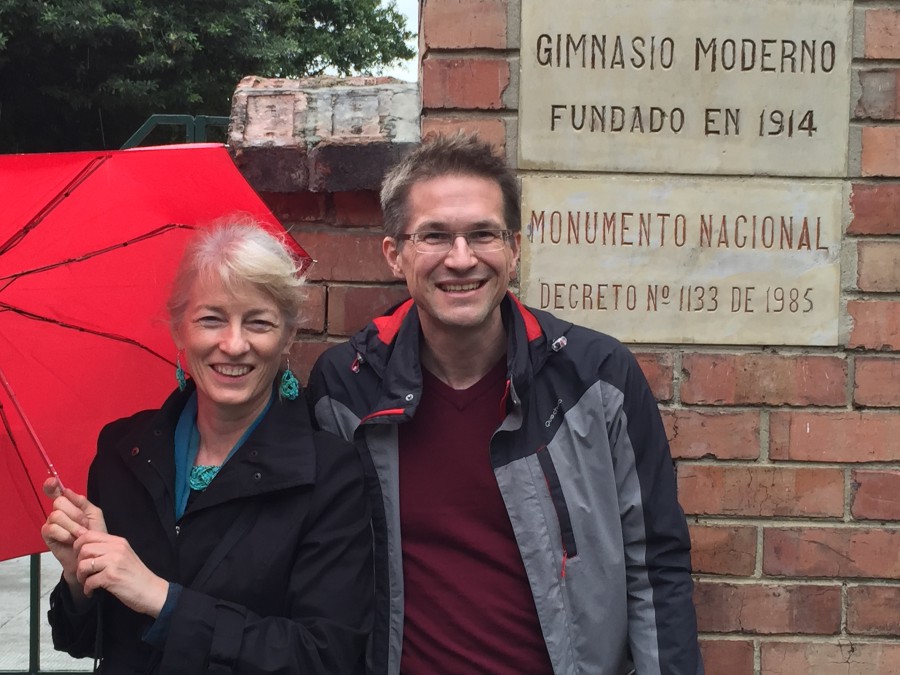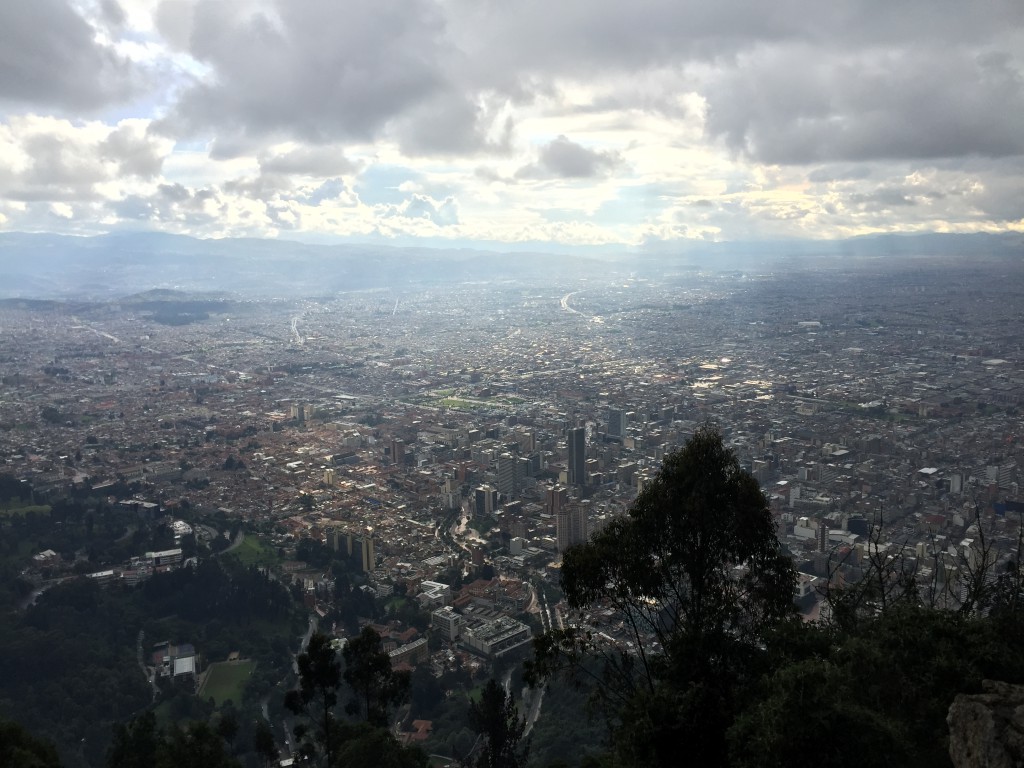The Gimnasio moderno is one of the oldest schools in Bogota. It was also the site of a remarkable historical event: in April 1948 this school hosted the meeting of continental foreign ministers – including US secretary of state George Marshall – that led to the creation of the Organisation of American States (OAS).
During that meeting delegates from the Americas approved the “American Declaration of the Rights and Duties of Man” – the first intergovernmental declaration of human rights in history. It included many progressive provisions, including this article:
“Every accused person is presumed to be innocent until proved guilty. Every person accused of an offense has the right to be given an impartial and public hearing, and to be tried by courts previously established in accordance with pre- existing laws, and not to receive cruel, infamous or unusual punishment.”
This declaration predated the Universal Declaration of Human Rights (adopted in Paris in December 1948) and the European Convention of Human Rights (opened for signature in Rome’s Palazzo Barberini in 1950).
And yet, last Sunday I looked in vain for any sign near the school to commemorate this historic event. Perhaps a little campaign in Colombia might change that?
PS: The fate of this American Declaration and its aspirations is also an antidote to any complacency about history and human rights. While the declaration was adopted Bogota was in the throes of violence, following the assassination of an opposition leader. A third of Bogota was destroyed during the clashes – this is why delegates moved from the center to this school to adopt the declaration! Years of deadly civil strife – la violencia – followed.
Within a few years, following 1948, a new wave of autocratic restoration swept across Latin America. By the mid 1970s most of the countries in South America were either in civil conflict (Colombia again) or ruled by brutal dictatorships. It took until 1978 for the American Convention on Human Rights to enter into force. It took much longer for basic human rights – such as the prohibition of torture – to be taken seriously across Latin America.
Today this declaration is considered by both the Inter-American Court of Human Rights and the Inter-American Commission on Human Rights to be a source of binding international obligations for OAS’s member states … including for Cuba and the United States!

Outside the Gimnasio Moderno with Kathryn Sikkink from Harvard
PS: Meeting on the future of strategy and human rights practice in Bogota, March 2015.
Recommended reading:
- Kathryn Sikkink’s excellent book on human rights: The Justice Cascade
- On democracies and dictatorships in Latin America: a classic book by Scott Mainwaring
- On the violence in Bogota in April 1948: Bogotazo

